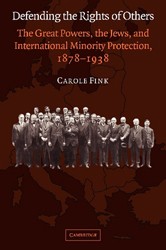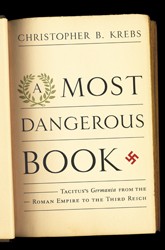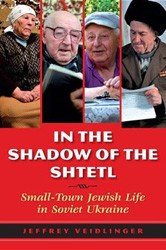In seeking to establish 1929 as a watershed in modern Jewish history, the contributors to this volume explore important political, economic, and cultural developments in Europe and the U.S. through a transnational lens. The events of 1929 had tumultuous and tragic consequences but the preceding years were in many ways remarkably optimistic. The authors make a strong case that key insights into modern Jewish history can be gleaned by studying the interconnectedness of Jewish communities around the globe in the 1920s and early 1930s.
If 1929 features here as a date of unusual significance to Jewish history, it is partly as a consequence of the disruption brought about by the First World War. In the U.S., interwar isolationism and xenophobia led to immigration restrictions in 1921, 1924, and 1929 that nearly halted Jewish immigration; the country that had been the destination for over two million European Jews between the 1880s and 1914 closed its doors. Contacts between the U.S. and Europe did not cease, however, and uncertain political and economic conditions in interwar Europe made east European Jews ever more reliant on aid from American coreligionists. American Jews donated and distributed an astonishing $100 million between 1914 and 1929. The scale of the philanthropic efforts was vast and necessarily involved close contacts; indeed, many contributors had only recently immigrated to the U.S. from Europe. Further east, the young Soviet state transitioned from revolution and war to a period of relative openness in the 1920s. Many Soviet Jews took part in the state’s agricultural colonization projects intended to “normalize” Jews socially by transforming them into farmers. Enthusiastic American supporters sent money and even a scientific commission to test the suitability of the Soviet Far East for Jewish colonization.
To understand 1929 as a turning point, the authors point to developments including the stock market crash in the U.S., the onset of Stalinist autocracy in the Soviet Union, and the increasing tendency of Zionists and philanthropists to forsake the mechanisms of international law and diplomacy in favor of advocating a sovereign Jewish state. 1929 certainly ended with drastically reduced opportunities for political and economic maneuver. Was the optimism of the 1920s misplaced or merely unfulfilled? The contributors to this volume fruitfully examine the significance of 1929 and provide many avenues for further exploration.
Related content:




